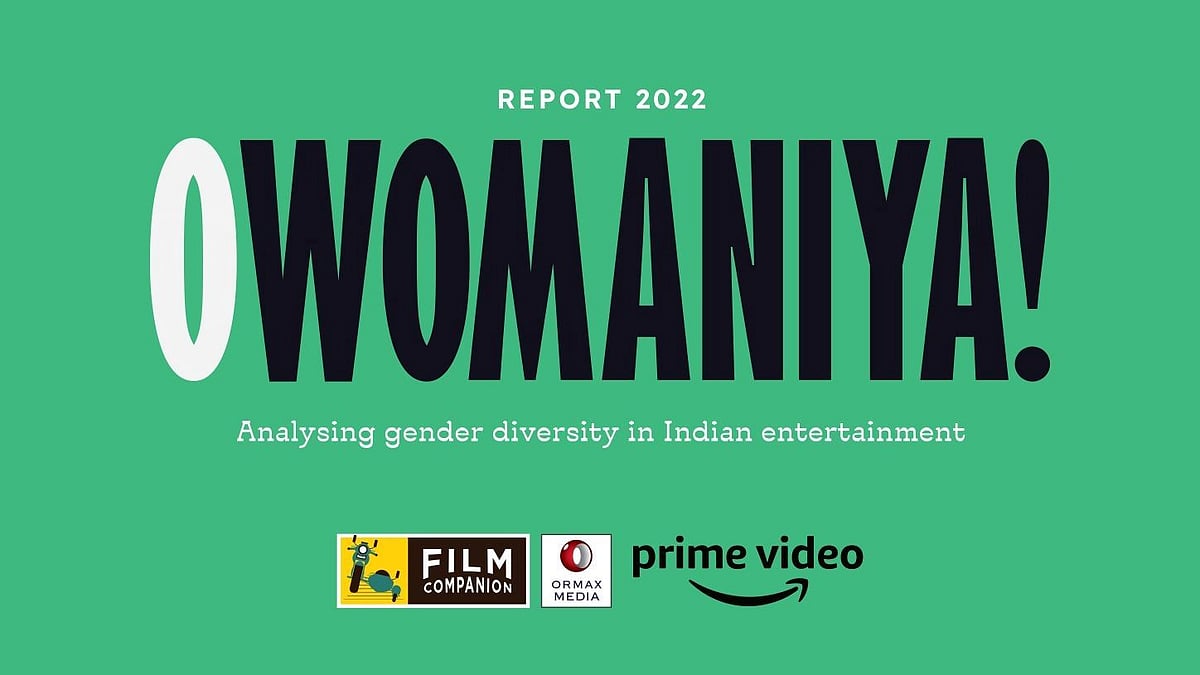O Womaniya! 2022 Report Reveals Status of Female Representation in Indian Films
The study reflects upon the participation of women in Indian films and series, on and off the screen in 2021.

advertisement
O Womaniya! 2022, a comprehensive study on female representation in the Indian entertainment industry was released by Ormax Media and Film Companion on Thursday, 4 August. Supported by Amazon Prime Video, the report examines 150 theatrical films, and streaming films and series, that were released in 2021 across 8 languages (Hindi, Tamil, Telugu, Malayalam, Kannada, Punjabi, Bengali and Gujrati), highlighting both on-and-off screen participation of women in the industry.
Here are the key highlights of the report:
Off-Screen Representation of Women
Only 10% of the Head of Departent (HOD) positions in the significant divisions of enterttainment corporations like production design, writing, editing, direction, and cinematography are held by women, reflecting the low representation of women in these positions behind the camera. Moreover, not a single woman had directed or edited any of the 56 theatrical films that were surveyed across languages in 2021. This had a rippling effect on the industry's inclusivity.
On-Screen Representation of Women
The first Bechdel Test conducted, was only passed by 55% of the films and web series. Women received only 25% of the talk time in promotional trailers, according to the Trailer Talk Time Test 2, with 48 titles offering female characters only 10 seconds or less.
Do Women Hire Women?
When a woman greenlit a film or a series, the proportion of female HODs doubled. In a similar vein, if a woman had commissioned the title, a higher proportion of movies (68%), passed the Bechdel Test and women had more talk time (33%) in the trailers.
Streaming Films Performed Better Than Theatrical Films
Streaming films and series outfperformed the theatrical films, demonstrating the shift the industry is bringing about in terms of represention both on and off the screen. In contrast to theatrical films, the presence of female HODs in streaming movies and shows was five times higher. Similarly, compared to more than half of the theatrical films, 55% of streaming features and 64% streaming series passed the Bechdel Test.
Actor Vidya Balan also gave a statement on the representation of women in the Indian entertainment industry. The actor said, "I have noticed the change in female representation in films in the last decade and a half. From seeing just a handful of women on sets to now having women lead film-making by taking charge of direction, editing, and other key departments, we have come a long way."
She added, "While this change has been underway for a while, it’s now become stronger with streaming services that have introduced the much-needed diversity in storytelling and on sets. However, the report indicates that we still have a lot of ground to cover."
Some of the titles that passed the test included Mumbai Diaries 26/11, Aarya Season 2, Tribhanga, Vakeel Saab, Pagglait, Mimi, Haseen Dillruba, and Bombay Begums among the others.
(At The Quint, we question everything. Play an active role in shaping our journalism by becoming a member today.)